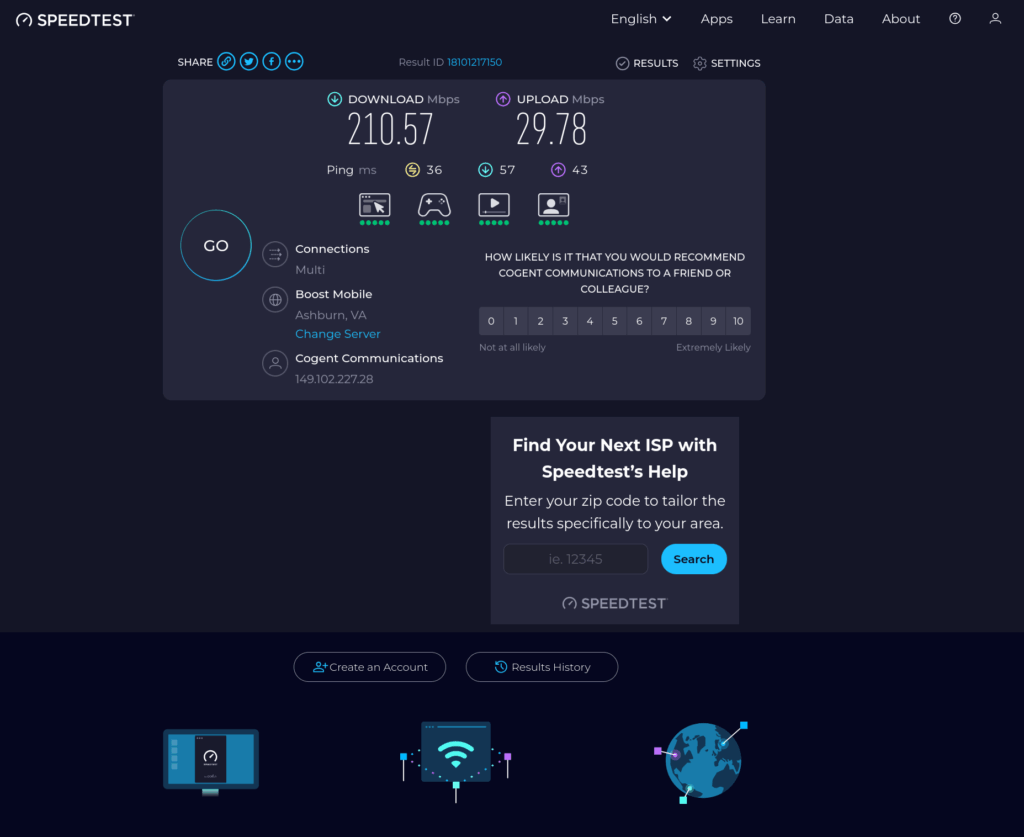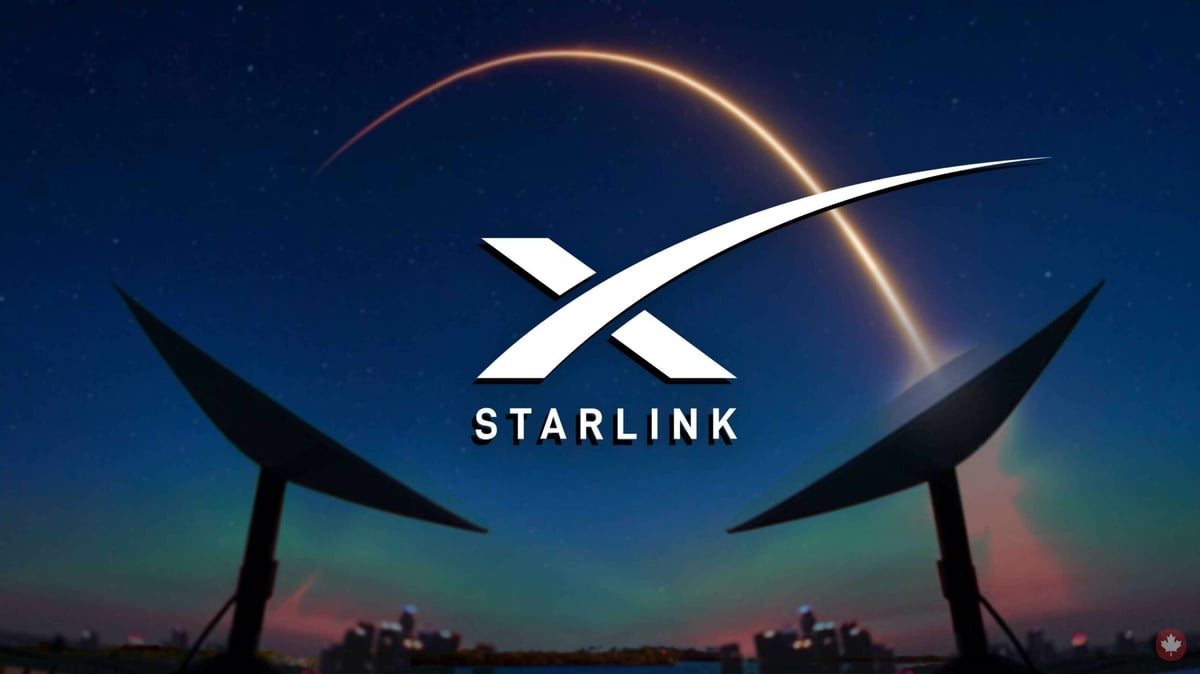For years, getting a dependable high-speed internet connection in rural Maine was a challenge. Cable and fiber options simply weren’t available in many areas, and traditional satellite services often meant high latency, slow speeds, and unreliable performance during bad weather. For a while, I actually used a 4G hotspot for Internet access to my entire house.
Is Starlink Fast?
A couple of years ago, we installed Starlink, and it’s worked very well for us. Speeds are consistently fast enough to handle video calls, large file transfers, and streaming—sometimes all at the same time. Latency is low enough that real-time services like remote piano diagnostics and video lessons work smoothly without lag.

I’ve been able to recommend this service to remote customers in locations like Greene and Newry, ME. Otherwise, they don’t have enough bandwidth for their Yamaha Disklaviers! These pianos don’t require a lot, but they need at least 5 Mbps download. That’s actually a big ask in some mountain vacation homes. See my article on connecting Yamaha Disklaviers to Wi-Fi.
Does it work anywhere?
It works anywhere that you can see a lot of open sky. Trees and leaves interfere with it, so if you’re in a forested area, you might need to install it on top of a pole. If you’re in an urban environment and there are lots of nearby tall buildings, you should probably pursue other options.
However, if you can see the sky, it will work just about anywhere. We see this installed all over the state in remote locations, like the Telos Gate in the Maine North Woods. They even use it up at Katahdin Air in Millinocket. These remote locations necessitate a satellite option, and Starlink is a genuinely high-speed choice. You’re also free of the drawbacks of regular satellite services (poor streaming, high latency, and data limits).
Does it work with streaming and phone calls?
This was a very big deal to me, as I do quite a bit of VoIP calling from home. My limited cellphone reception and lack of other broadband options made this impossible before. With Starlink, I can now make and receive clear, reliable calls right from my desk, without dropped calls or laggy conversations.
The advertised latency is between 20-40 ms, and I get about 35 ms through my VPN. This is an order of magnitude less than the half-second delay experienced with conventional satellite.
Is it reliable?
The setup process is straightforward, and Starlink’s self-aiming dish does an excellent job of finding and maintaining its connection. While no service is perfect—occasional dropouts can happen—Starlink has been far more stable than any other option I’ve tried in our location.
We do encounter issues in very heavy snow. The dish has a heater element for melting snow, but in heavy snow, it just can’t seem to see the sky. Very heavy downpours sometimes produce similar outages. We don’t notice much day-to-day change based on more regular weather events.
If you live out in the middle of nowhere like we do, Starlink might be worth exploring!
